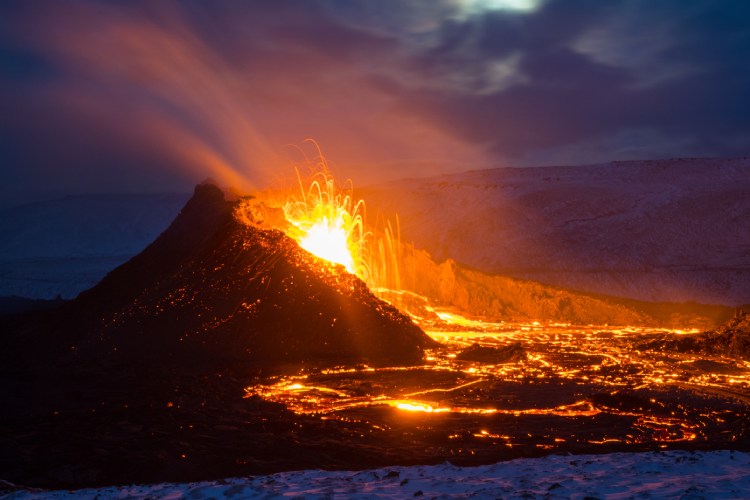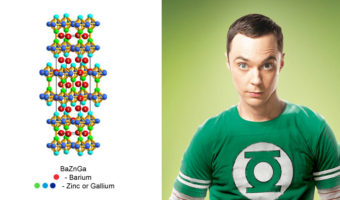Why Is the Iceland Volcano Eruption Worrying Experts?
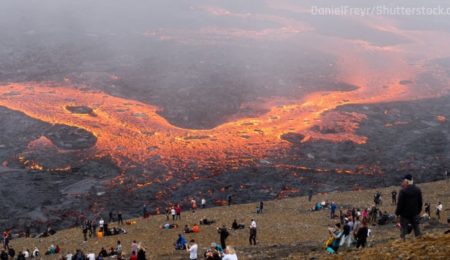
Volcanoes, fiery portals into the depths of Earth that have been changing the planet’s landscape for millions of years, continue to remind us of their unpredictable nature. From Pompeii to Mount St. Helens, their eruptions have been milestones in the timeline of human history. The recent Iceland volcano eruption is another event that will go down in the annals of historic eruptions due to its unexpectedness and proximity to humans. But was it truly without any warning sign whatsoever? The truth of the matter is far more complex.
Table of Contents
The most recent eruption of a volcano in Iceland could have affected many lives!
The Reykjanes Peninsula in the southern region of Iceland has been a hotbed of geological activity. Experts have been tracking the seismic activity in the region, and all of that came to a head on the night of 18 December 2023 when a volcanic fissure erupted in a dramatic display. This was the fourth eruption since 2021 and a notable entry into the volcanic history of the island nation. A series of earthquakes preceded the eruption, with the warning signs lasting for over 90 minutes before the actual explosion.
Dormant for nearly a millennium, the region entered a new stage of volcanic activity in March 2021. Since then, the region has experienced three eruptions on 19 March 2021, 3 August 2022, and 10 July 2023 respectively. The previous period of multiple eruptions was in the early 13th century, making this a rare scientific spectacle. There have been thousands of earthquakes recorded in Iceland since late October of 2023, leading to the authorities declaring a state of emergency to evacuate the nearby town of GrindavÃk.
The future of this newly formed volcanic fissure is uncertain.
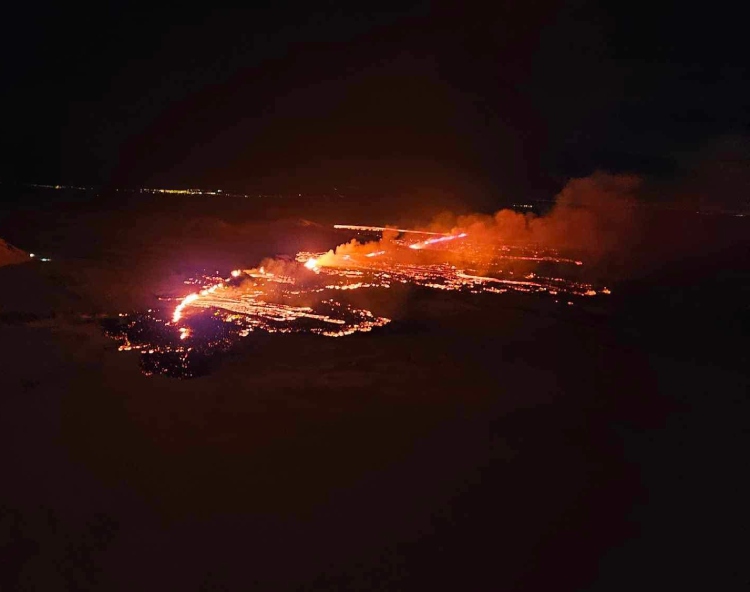
Reaching a length of 2.5 miles (4 km), the newly opened fissure was spewing ten times more lava per second than the previous three eruptions. The fissure’s continual growth had become a matter of concern for the local populace as it is located close to the Svartsengi geothermal power plant and the town of GrindavÃk. The lava flow is just 1.8 miles (2.8 km) north of GrindavÃk. The 3,000 residents of the evacuated town worry about this event’s effect on their homes. Many fear the complete erasure of their village!
By the afternoon of 19 December 2023, only a third of the fissure was volcanically active, with the eruptions greatly diminishing. There are currently three vents still pumping out lava, down from the five vents from the initial eruption. This could indicate it would die out in a few days, but some experts believe it may result in the fissure constantly pumping out magma at a modest rate over the course of a few months.
However, volcanologists in Iceland are still intrigued by the subsurface flow of magma in the Svartsengi region, wondering whether it migrated from Fagradalsfjall or came from another subsurface source. Experts have already obtained lava samples from the eruption and are working on understanding the cause behind this event.
Iceland is no stranger to fiery flares and clouds of ash!
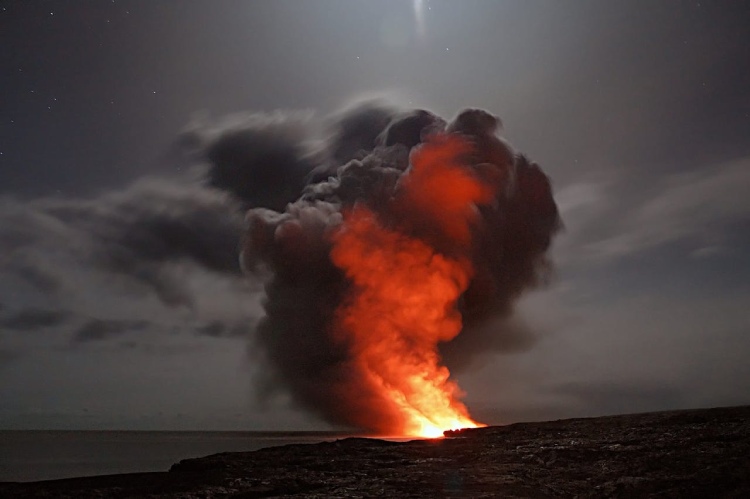
The Iceland volcano eruption further cements the island’s title as a volcanic activity hotspot. With nearly 130 volcanoes on the island, the nation has some of the world’s most effective preparedness measures in place. Each decade since the 19th century has recorded at least one eruption in the region.
The reason for such a high density of volcanoes is that Iceland straddles two tectonic plates: the Eurasian and North American plates. The undersea mountain that divides these two plates causes a release of molten rock and magma. Eyjafjallajokull’s eruption in 2010, a volcano that had been dormant for nearly two centuries, was the most notable of Iceland’s volcanic activity in the recent past. The eruption was small and caused no fatalities, but the impact was massive, with the ash cloud grounding much of Europe’s air travel for over a week.
The current seismic activity in Iceland has not affected its most well-known volcano, Katla. This volcano has an eruption schedule ranging from 34 to 78 years, with the latest major one occurring in 1918. Scientists believe it is due for an eruption soon, and the ongoing earthquakes may be warning signs of an impending event.














